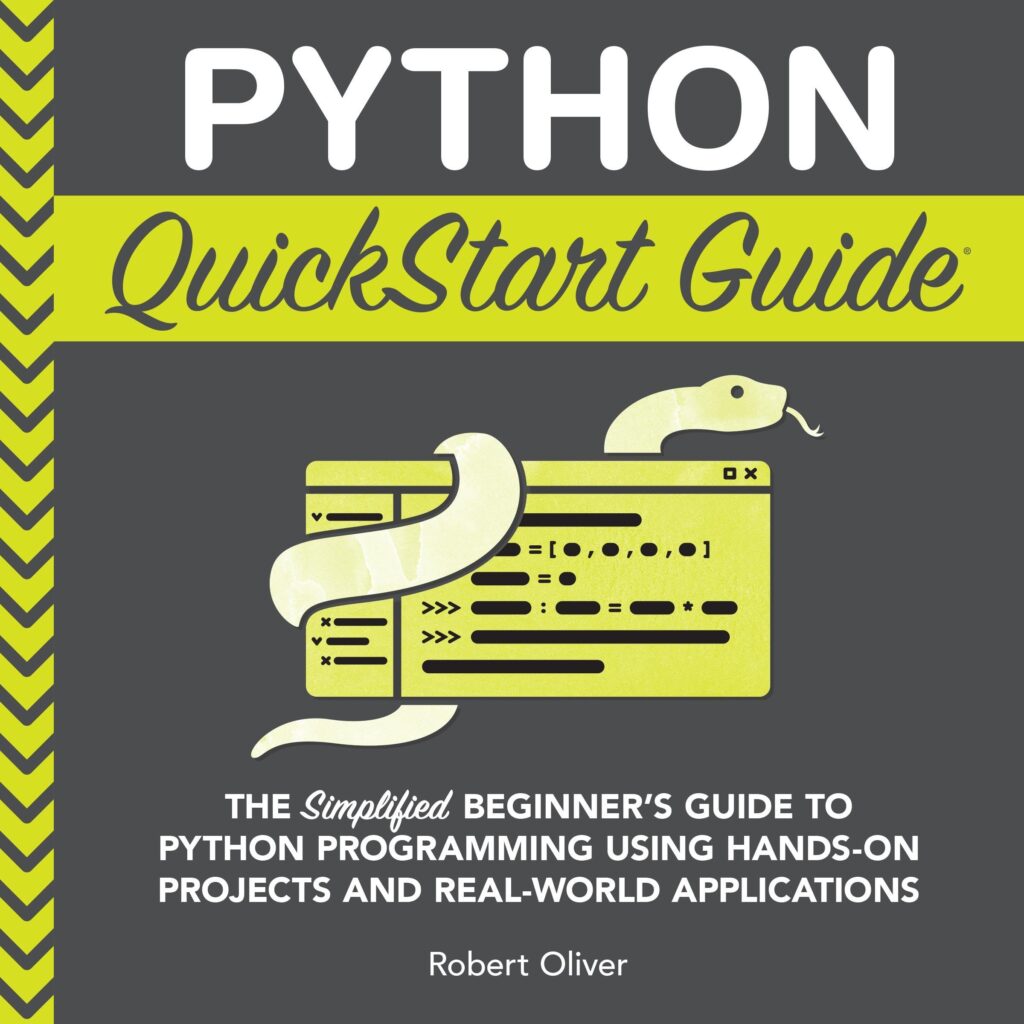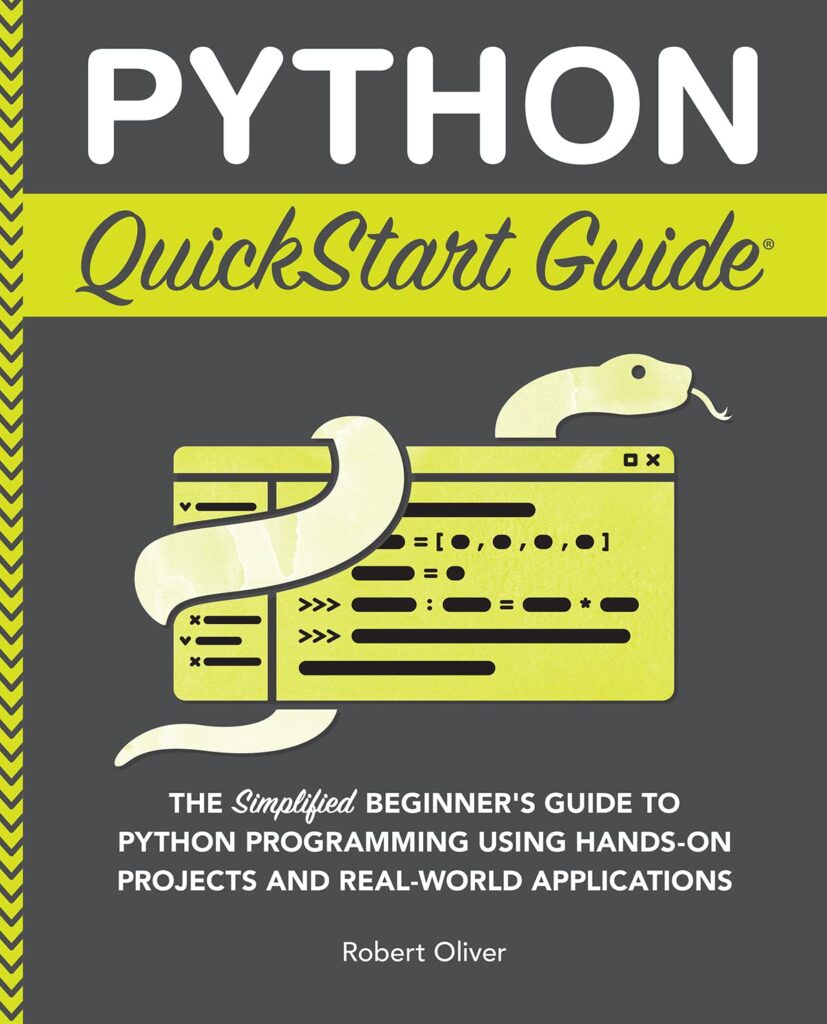
Sound, in its essence, is a wave, a disturbance that travels through a medium. When we translate these waves into the digital realm, we encounter the concept of a digital canvas. This canvas is a collection of numbers, each representing a sample of sound taken at discrete intervals. The resolution of this canvas is determined by both the sample rate and the bit depth.
Sample rate is the number of samples taken per second, usually measured in Hertz (Hz). A common sample rate for music is 44.1 kHz, which means 44,100 samples per second. This rate is sufficient to capture the full range of human hearing, which spans from about 20 Hz to 20 kHz. The more samples we take, the smoother our representation of the sound wave becomes, but this also increases the amount of data we need to process.
Bit depth, on the other hand, defines the number of bits used for each sample, which directly influences the dynamic range of the sound. A common bit depth is 16 bits, allowing for 65,536 possible amplitude values for each sample. Higher bit depths enable greater fidelity, capturing subtler nuances in sound, but they also require more storage space. This intricate interplay between sample rate and bit depth creates our digital canvas, allowing us to paint with sound in ways that were previously unimaginable.
To show how we can work with this digital canvas in Python, we can use libraries such as NumPy and SciPy to manipulate audio data. For instance, we can generate a simple sine wave and visualize it. The following code snippet demonstrates the creation of a sine wave and its corresponding time-domain signal:
import numpy as np
import matplotlib.pyplot as plt
# Parameters for the sine wave
frequency = 440 # Frequency in Hz (A4 note)
sample_rate = 44100 # Samples per second
duration = 2.0 # Duration in seconds
# Generate the time axis
t = np.linspace(0, duration, int(sample_rate * duration), endpoint=False)
# Generate the sine wave
sine_wave = 0.5 * np.sin(2 * np.pi * frequency * t)
# Plot the sine wave
plt.plot(t, sine_wave)
plt.title("Sine Wave at 440 Hz")
plt.xlabel("Time [s]")
plt.ylabel("Amplitude")
plt.grid()
plt.show()
This code creates a sine wave at 440 Hz, which corresponds to the musical note A4. The wave is then plotted over a two-second duration. Here, we see the digital representation of sound as a series of points in time, each with a specific amplitude. It’s a simple yet profound way of capturing the essence of sound in a format that computers can understand and manipulate.
As we delve deeper into this digital canvas, we can explore operations like filtering, mixing, and effects processing. Each of these techniques allows us to alter the sound, enhancing or transforming it in numerous ways. For instance, we might want to apply a simple low-pass filter to our sine wave to remove high-frequency noise. The following code snippet demonstrates how we can achieve this using SciPy:
from scipy.signal import butter, lfilter
# Low-pass filter design
def butter_lowpass(cutoff, fs, order=5):
nyquist = 0.5 * fs
normal_cutoff = cutoff / nyquist
b, a = butter(order, normal_cutoff, btype='low', analog=False)
return b, a
# Apply the low-pass filter to the sine wave
def lowpass_filter(data, cutoff, fs, order=5):
b, a = butter_lowpass(cutoff, fs, order=order)
y = lfilter(b, a, data)
return y
# Cutoff frequency
cutoff = 1000 # in Hz
filtered_wave = lowpass_filter(sine_wave, cutoff, sample_rate)
# Plot the filtered wave
plt.plot(t, filtered_wave)
plt.title("Filtered Sine Wave (Low-Pass at 1000 Hz)")
plt.xlabel("Time [s]")
plt.ylabel("Amplitude")
plt.grid()
plt.show()
In this example, we design a low-pass filter that allows frequencies below 1000 Hz to pass while attenuating frequencies above this threshold. This operation is fundamental in audio processing, as it helps to shape the tonal quality of a sound. By manipulating the digital canvas in such ways, we can create intricate soundscapes and textures that resonate with listeners.
Roblox $50 Physical Gift Card [Includes Free Virtual Item] [Redeem Worldwide]
$50.00 (as of December 9, 2025 08:34 GMT +00:00 - More infoProduct prices and availability are accurate as of the date/time indicated and are subject to change. Any price and availability information displayed on [relevant Amazon Site(s), as applicable] at the time of purchase will apply to the purchase of this product.)The Ear’s New Math
The human ear, while a marvel of biological engineering, perceives sound in a complex fashion that isn’t always directly proportional to the raw amplitude data we store. That’s where the ear’s new math comes into play, a mathematical framework that attempts to bridge the gap between the objective digital representation and our subjective auditory experience. The most significant departure from simple amplitude lies in how we perceive loudness and pitch.
Loudness, for instance, isn’t a linear scale. A sound twice as intense doesn’t sound twice as loud. Our perception of loudness is more logarithmic, which is why decibels (dB) are used. The decibel scale compresses a vast range of sound intensities into a more manageable set of numbers, reflecting how our ears respond to changes in sound pressure. A 10 dB increase roughly corresponds to a perceived doubling of loudness. To convert an amplitude to decibels, we often use a reference amplitude, typically the threshold of human hearing. In Python, this conversion looks something like this:
def amplitude_to_db(amplitude, reference_amplitude=1.0):
# Avoid log(0)
amplitude = np.maximum(amplitude, 1e-10)
return 20 * np.log10(amplitude / reference_amplitude)
# Convert our sine wave amplitude to dB
sine_wave_db = amplitude_to_db(sine_wave)
# Plot the sine wave in dB
plt.plot(t, sine_wave_db)
plt.title("Sine Wave in Decibels")
plt.xlabel("Time [s]")
plt.ylabel("Amplitude [dB]")
plt.grid()
plt.show()
This transformation reveals how a seemingly simple sine wave, when viewed through the lens of human perception, takes on a different character. The peaks and troughs are still there, but their relative magnitudes are now expressed in a way that aligns more closely with what our ears would report. This isn’t just an academic exercise; it is crucial for things like dynamic range compression, where the goal is to make the quiet parts louder and the loud parts quieter, all while sounding natural to the listener.
Pitch perception is another area where the ear employs its own unique arithmetic. While frequency is the objective measure of how many cycles per second a wave completes, our perception of pitch isn’t linear with frequency. For example, the perceived pitch difference between 440 Hz and 880 Hz (an octave) is much greater than the perceived difference between 880 Hz and 1320 Hz, even though both represent a 440 Hz absolute frequency difference. That’s why musical intervals are defined by frequency ratios, not absolute differences. An octave always corresponds to a 2:1 frequency ratio. This non-linear relationship is often modeled using scales like the Mel scale or the Bark scale, which attempt to map frequencies to perceived pitch. The Mel scale, for instance, is approximately linear below 1000 Hz and logarithmic above 1000 Hz. Converting frequencies to the Mel scale is a common step in speech recognition and music analysis, as it aligns the data with human auditory perception. Here’s a common formula for Mel conversion:
def hz_to_mel(hz):
return 2595 * np.log10(1 + hz / 700)
def mel_to_hz(mel):
return 700 * (10**(mel / 2595) - 1)
# Example: Convert 440 Hz to Mel
mel_440 = hz_to_mel(440)
print(f"440 Hz is approximately {mel_440:.2f} Mel")
# Example: Convert 1000 Hz to Mel
mel_1000 = hz_to_mel(1000)
print(f"1000 Hz is approximately {mel_1000:.2f} Mel")
# Example: Convert 880 Hz (one octave above 440 Hz) to Mel
mel_880 = hz_to_mel(880)
print(f"880 Hz is approximately {mel_880:.2f} Mel")
Making Noise with Code
When we talk about making noise with code, we dive into the heart of creativity and expression through programming. Python, with its rich ecosystem of libraries, provides us the tools to synthesize sound in ways that are both innovative and playful. The simplest way to begin is by generating basic waveforms, like sine, square, and triangle waves. These waves are the building blocks of sound synthesis and can be combined to create complex tonal structures.
To create a square wave, which alternates between two amplitude levels, we can use the following code. This type of waveform is often used in electronic music for its distinct, punchy sound:
def square_wave(frequency, sample_rate, duration):
t = np.linspace(0, duration, int(sample_rate * duration), endpoint=False)
return 0.5 * (1 + np.sign(np.sin(2 * np.pi * frequency * t)))
# Generate a square wave
square_wave_signal = square_wave(440, sample_rate, duration)
# Plot the square wave
plt.plot(t, square_wave_signal)
plt.title("Square Wave at 440 Hz")
plt.xlabel("Time [s]")
plt.ylabel("Amplitude")
plt.grid()
plt.show()
Once we have our square wave, we can layer it with a sine wave to create a richer sound. This kind of additive synthesis opens up a world of sonic possibilities. We can also experiment with different frequencies and amplitudes to see how they interact. Next, let’s explore the creation of a triangle wave, which has a softer sound than the square wave and is often used in synthesizers for a warmer tone:
def triangle_wave(frequency, sample_rate, duration):
t = np.linspace(0, duration, int(sample_rate * duration), endpoint=False)
return 2 * np.abs(2 * ((t * frequency) % 1) - 1) - 1
# Generate a triangle wave
triangle_wave_signal = triangle_wave(440, sample_rate, duration)
# Plot the triangle wave
plt.plot(t, triangle_wave_signal)
plt.title("Triangle Wave at 440 Hz")
plt.xlabel("Time [s]")
plt.ylabel("Amplitude")
plt.grid()
plt.show()
Each waveform has its unique characteristics, and by layering them, we can create a more complex audio texture. The real magic happens when we begin to modulate these waveforms over time. For instance, we can use low-frequency oscillators (LFOs) to modulate the amplitude or frequency of our sound waves, creating a dynamic and evolving soundscape. Below is an example of using an LFO to modulate the amplitude of a sine wave:
def lfo_modulation(base_wave, lfo_frequency, modulation_depth, sample_rate):
t = np.linspace(0, len(base_wave) / sample_rate, len(base_wave), endpoint=False)
lfo = 1 + modulation_depth * np.sin(2 * np.pi * lfo_frequency * t)
return base_wave * lfo
# Modulate the sine wave with an LFO
modulated_wave = lfo_modulation(sine_wave, 5, 0.5, sample_rate)
# Plot the modulated wave
plt.plot(t, modulated_wave)
plt.title("Sine Wave with LFO Modulation")
plt.xlabel("Time [s]")
plt.ylabel("Amplitude")
plt.grid()
plt.show()
This simple modulation technique adds a pulsing effect to the sound, making it more interesting and engaging. Sound design is a vast field, allowing for infinite experimentation. By tweaking parameters and combining different synthesis techniques, we can create everything from lush pads to sharp leads. The possibilities are as expansive as our imagination.
As we continue to explore sound synthesis in Python, we can also look into the idea of granular synthesis, where sound is broken down into tiny grains that can be manipulated individually. This approach allows for a high degree of control over the texture and timbre of the sound, resulting in unique auditory experiences. Each grain can be played back at varying speeds, pitches, and amplitudes, enabling us to create rich soundscapes that can evoke emotions and transport the listener to new realms. Here’s a basic example of how we might implement granular synthesis:
def granular_synthesis(sound_wave, grain_size, overlap):
grains = []
for start in range(0, len(sound_wave) - grain_size, grain_size - overlap):
grain = sound_wave[start:start + grain_size]
grains.append(grain)
return np.concatenate(grains)
# Create grains from our sine wave
grain_size = 4410 # 0.1 seconds at 44100 Hz
overlap = 2205 # 50% overlap
granulated_wave = granular_synthesis(sine_wave, grain_size, overlap)
# Plot the granulated wave
plt.plot(t[:len(granulated_wave)], granulated_wave)
plt.title("Granular Synthesis of Sine Wave")
plt.xlabel("Time [s]")
plt.ylabel("Amplitude")
plt.grid()
plt.show()
Beyond the Orchestra Pit
The orchestra pit, for centuries, was the physical boundary of musical possibility, dictating the sounds and textures available to composers. But with Python, we step beyond that pit, entering a realm where the constraints of physical instruments and traditional acoustics no longer apply. This isn’t just about recreating existing sounds; it’s about inventing entirely new ones, manipulating audio in ways that would be impossible with analog equipment, and building systems that respond to sound in intelligent, adaptive ways.
One of the most immediate applications is real-time audio processing. Imagine a live performance where Python is not merely playing back pre-recorded tracks but actively transforming the sound of an instrument as it’s being played. This requires low-latency operations, often achieved through specialized libraries that interface directly with audio hardware. Libraries like sounddevice allow Python to send and receive audio data to and from your sound card, opening the door to interactive sound installations, live coding performances, and dynamic effects processing.
Think a scenario where a musician plays a note on a guitar, and Python instantly applies a complex, evolving filter based on the note’s pitch and duration. Or perhaps a vocal performance is analyzed in real-time, and Python generates harmonies or counter-melodies on the fly. This level of responsiveness moves beyond mere “playing noise” to genuine musical interaction. Here’s a simplified example using sounddevice to play back a generated sine wave in real-time. Note that setting up sounddevice can sometimes require specific system configurations, but the core idea is straightforward:
import sounddevice as sd
import numpy as np
# Parameters
frequency = 440
sample_rate = 44100
duration = 1.0 # seconds
# Generate the sine wave
t = np.linspace(0, duration, int(sample_rate * duration), endpoint=False)
sine_wave = 0.5 * np.sin(2 * np.pi * frequency * t)
# Play the sine wave
print("Playing sine wave...")
sd.play(sine_wave, sample_rate)
sd.wait() # Wait until the sound has finished playing
print("Playback finished.")
This simple playback is just the beginning. The sounddevice library also allows for audio input, meaning you can capture sound from a microphone or other input device and process it. This enables real-time effects, voice changers, or even interactive games where sound input controls game elements. For instance, you could build a simple echo effect by appending a delayed, attenuated version of the input signal to itself. The latency requirements here are critical; if the processing takes too long, the delay becomes noticeable and disruptive.
Beyond live processing, Python excels in algorithmic composition and generative music. Instead of manually composing every note, you can define rules, patterns, and probabilities that guide the creation of musical pieces. This isn’t about replacing human creativity but augmenting it, allowing composers to explore vast sonic landscapes that would be impossible to navigate by hand. You could, for example, write a script that generates a melody based on a Markov chain, where the probability of the next note depends on the current one. Or a system that evolves a rhythmic pattern based on genetic algorithms, favoriting patterns that exhibit certain characteristics.
Machine learning, particularly deep learning, is also finding its way into audio processing, pushing us further beyond the orchestra pit. Neural networks can be trained to synthesize realistic human speech, generate new musical compositions in the style of a particular composer, or even perform source separation—isolating individual instruments or vocals from a mixed track. Imagine feeding a neural network hours of jazz improvisations and having it generate entirely new, yet stylistically consistent, solos. Or a system that can take a simple hum and transform it into a full orchestral arrangement.
The computational power available today, combined with Python’s ease of use and extensive libraries, means that these once-futuristic concepts are now within reach. We’re not just digitizing existing sounds; we’re creating new forms of sonic expression and interaction. The challenges lie in optimizing for real-time performance, understanding the nuances of human auditory perception, and designing intuitive interfaces for these complex systems. The future of audio, unconstrained by physical limitations, is being written in code, one line at a time. Ponder a simple example of generating a random melody using a basic probabilistic model, where each note has a chance to move up, down, or stay the same:
import numpy as np
import simpleaudio as sa # A good library for easy audio playback
# Define a scale (e.g., C major scale frequencies)
c_major_scale = {
'C4': 261.63, 'D4': 293.66, 'E4': 329.63, 'F4': 349.23,
'G4': 392.00, 'A4': 440.00, 'B4': 493.88, 'C5': 523.25
}
scale_notes = list(c_major_scale.keys())
scale_frequencies = list(c_major_scale.values())
# Parameters for generation
tempo = 120 # BPM
note_duration = 60 / tempo # Duration of a quarter note in seconds
num_notes = 16
sample_rate = 44100
# Generate a sequence of notes (indices in our scale)
melody_indices = [np.random.randint(len(scale_notes))] # Start with a random note
for _ in range(num_notes - 1):
current_index = melody_indices[-1]
# Simple probabilistic movement: 40% chance to stay, 30% up, 30% down
choice = np.random.choice(['stay', 'up', 'down'], p=[0.4, 0.3, 0.3])
if choice == 'up':
next_index = min(current_index + 1, len(scale_notes) - 1)
elif choice == 'down':
next_index = max(current_index - 1, 0)
else:
next_index = current_index
melody_indices.append(next_index)
# Synthesize the melody
full_audio = np.array([])
for index in melody_indices:
frequency = scale_frequencies[index]
t = np.linspace(0, note_duration, int(sample_rate * note_duration), endpoint=False)
note_wave = 0.3 * np.sin(2 * np.pi * frequency * t)
full_audio = np.concatenate((full_audio, note_wave))
# Normalize to 16-bit integers for playback
audio_playback = (full_audio * 32767).astype(np.int16)
# Play the generated melody
print("Playing generated melody...")
play_obj = sa.play_buffer(audio_playback, 1, 2, sample_rate)
play_obj.wait_done()
print("Melody finished.")







